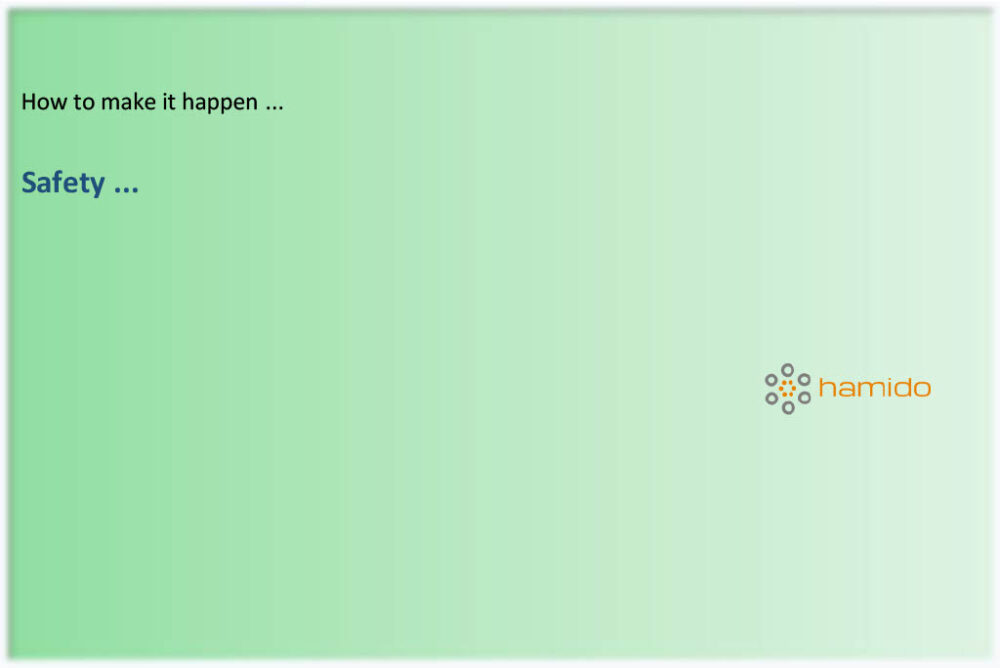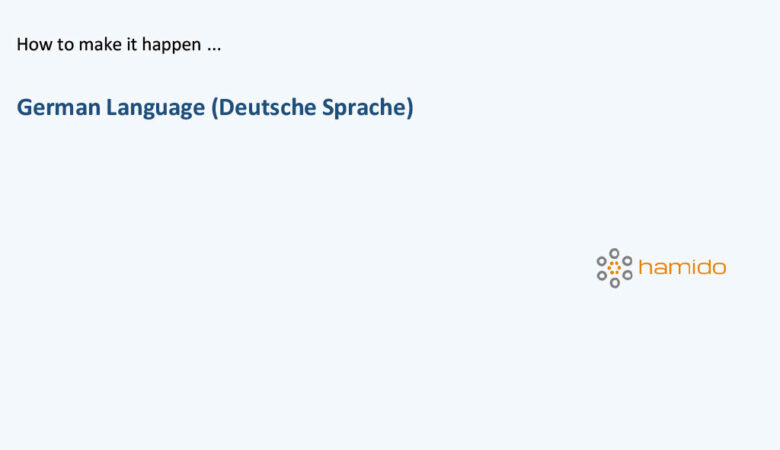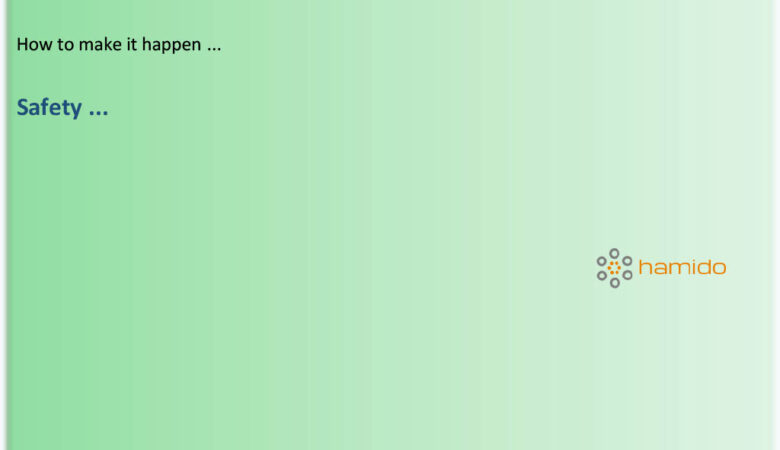Hydrostatic test is a pressure test which applied to rechargeable pressurized extinguishing cylinders to check that if they are safe for operation and can be refilled or not. During the test all parts of cylinder such as shell, valve and hose which can be under pressure must be tested.
Depending on the type of fire extinguisher, cylinders should be inspected at regular intervals and pressure testing (hydrostatic test) be performed on them. Otherwise there is a possibility of malfunction or even bursting. Time interval for hydrostatic test, depend on the type of cylinders is 5 or 12 years.
Hydrostatic test types:
- Water jacket
- Direct expansion
- Proof pressure
- Pressure recession
The most common test is water jacket. Direct expansion is similar to water jacket but is less accurate. Proof pressure and pressure recession have limited applications and are sometimes not reliable enough.
Required equipment for testing the cylinders:
- Water jacket expansion unit (including pump, pressure gauges etc.)
- Jacket
- Cylinder drying unit (air blower)
- Pneumatic vice
- Inspection light
- Testing bench
- Scale
The water jacket test steps are as follows:
1- Visual inspection: checking the inside of cylinder for corrosion, pitting and other abnormalities.
2- Hydrostatic test: cylinder is placed into a steel chamber which has been filled with water at normal pressure. Then cylinder is filled with water at high pressure (up to test pressure of cylinder). As the cylinder pressure increases, it begins to expand and as much as increased volume, water will be pushed out of the steel chamber and is led to a glass burette. Then pressure is gradually reduced from inside of cylinder until it contracts and returns to its original size. As the cylinder contracts, water must return from the burette glass into the steel chamber. Usually the cylinder never return to its original size exactly and some water remains in the burette glass. But this amount must be in acceptable range. The amount of water in the burette glass must be less than 10 percent of the amount at the maximum test pressure of cylinder. Otherwise, it indicates that the cylinder does not have the required resilient and is not safe for more operation and must be destroyed.
Related standards:
- BS EN 1968
- EN ISO 17020




Leave a Reply